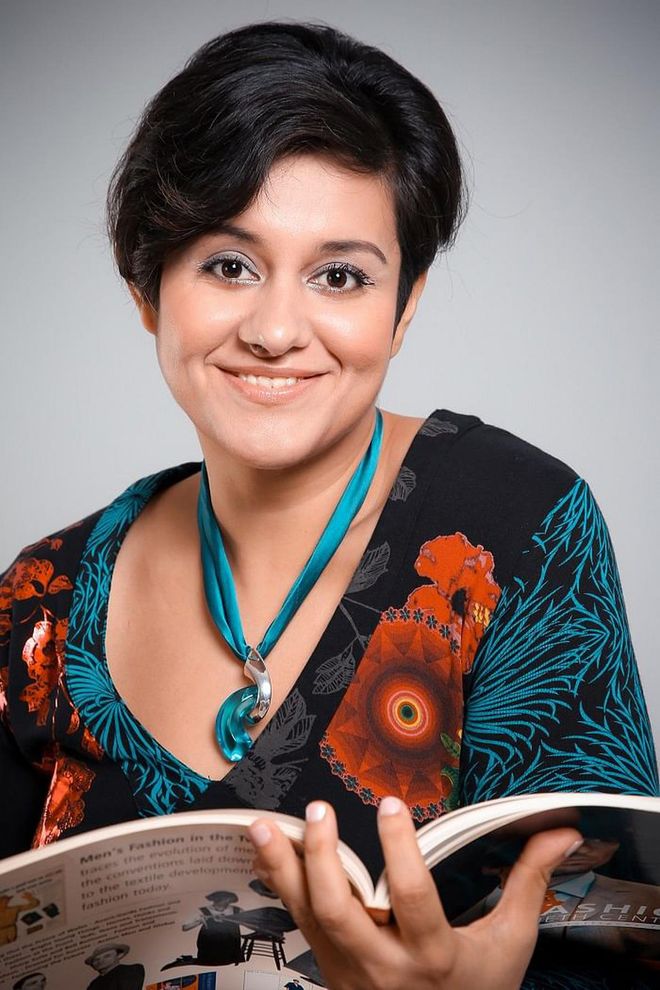Singapore Writers Festival Exclusive: The Topaz Mystery By Akshita Nanda
The second part of our collaboration with some of Singapore's brightest writing talents on a series of short stories


Photo: Getty
Singapore Writers Festival
The Singapore Writers Festival (SWF) is back with its 21st edition. On until 11 November, Sunday, its theme is centred around the Chinese character referring to the different world(s) we live in – 界 (jiè). Harper’s BAZAAR‘s pages have long lent themselves to words and poetry by some of the world’s greatest writers, having published contributions from Virginia Woolf, Truman Capote, Jeanette Winterson and more. Continuing with tradition, Harper’s BAZAAR Singapore has collaborated exclusively with SWF on a series of short stories: Our brief to the writers? How a piece of clothing or heirloom has had an impact on you and the world(s) you live in.
Second in the series is Akshita Nanda. An arts correspondent with The Straits Times, Nanda has been in publishing since 2002. Her first novel, Nimita’s Place, was shortlisted for the 2017 Epigram Books Fiction Prize. Born in India in 1979, Nanda has lived in Singapore since 1995. She will be moderating the panel discussion, Belonging Somewhere and Nowhere, on 10 November as part of SWF 2018, featuring authors Simon Armitage, Kiran Desai and Ali Cobby Eckermann.

Photo: Singapore Writers Festival
The Topaz Mystery
by Akshita Nanda
My grandmother bought the pendant-brooch half a century ago, in Malta. The dark-brown palette of stone and setting makes it easy to overlook.
Only astute viewers see into the heart of the round, brilliant topaz, set in bronze-gold filigree rounds dotted with seed pearls. Fire gleams in the gem's depths, a surprise to anyone who underestimated it at first glance.
My grandmother, who bought the pendant-brooch, would have been as easy to overlook. Women then were mostly second to men in the eyes of society. And she conformed, like good wives were expected to, putting her medical career to travel with her diplomat husband.
Books could be written now about my grandmother, the doctor and traveller and perfect political hostess, but to her grandchildren, she was a mystery. She glossed over her past adventures – riding horses up the Himalayas, living through the riots in Jakarta - to focus on present practicalities. She ran the household, read books and edited and translated her husband's memoirs.
She rarely spoke of herself, not even of the pain from the accident and botched surgery that robbed her of her mobility.
I began learning about my grandmother years after her death. Her life is partly illuminated by the bijoux she bought on her travels.
In many Indian households, jewellery is portable wealth given to daughters who marry “outside” the family home. Often jewellery is bought with an eye to resale value. My grandmother seems to have bought hers out of pure aesthetic appreciation – and a dash of prophecy.
She often bought things for some future need, rather than immediate use. A brick of perfect jade went to my mother, twenty years after it had been acquired. Strings of African beads sat in a box for decades, until I became a teenager.
The Maltese pendant-brooch sees regular use now. My mother and I share custody of the elegant piece which sits demurely on dress or skin until the light sets it aflame.
It is a work of art, of hidden mysteries, much like the women of my grandmother's generation. I wear her pendant-brooch and tell their stories, hoping more will appreciate the fiery beauty so easily overlooked.
Related articles:
Singapore Writers Festival Exclusive: A Cotton Sari By Pooja Nansi
22 Of The Hottest Bollywood Stars To Drool Over This Deepavali
Live Out Your Princess Dreams At This Glittering Chaumet Pop-up